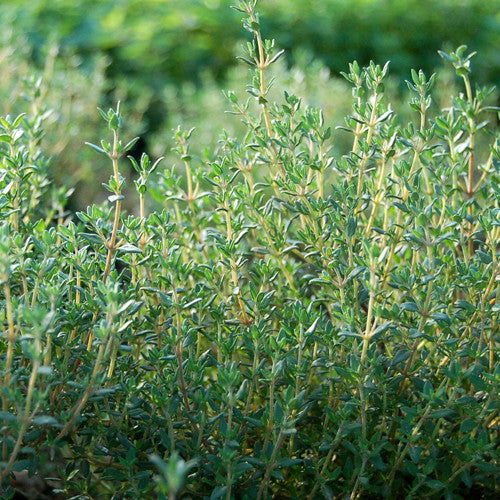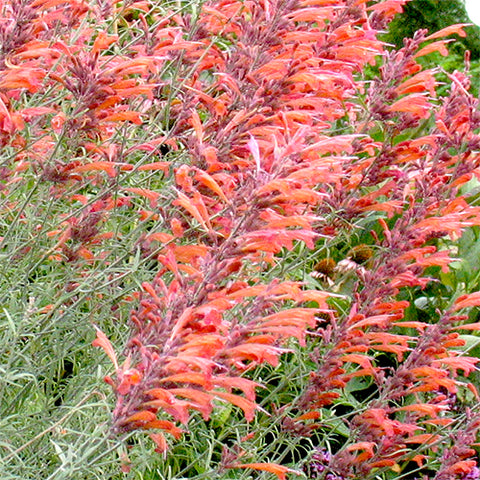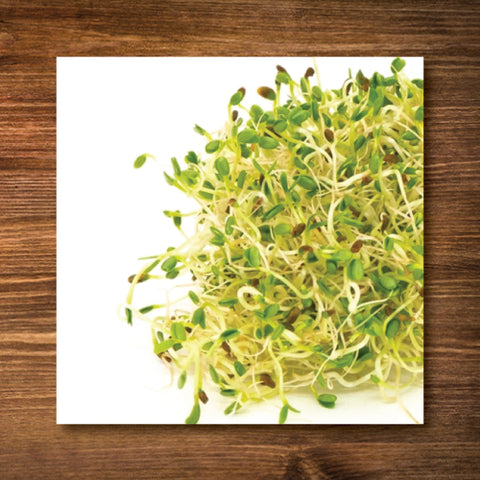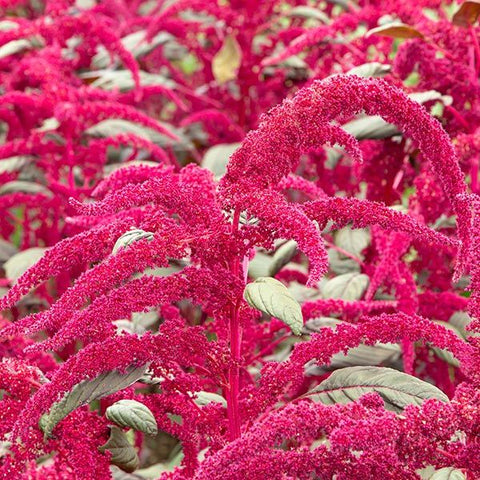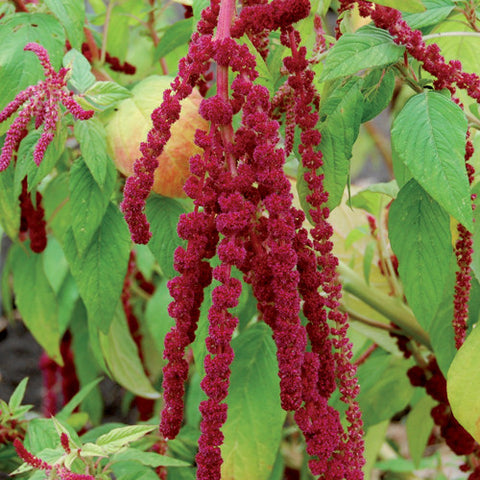Thyme, French (Organically Grown Seeds)
$4.79
This item may be out of season or currently out of stock. Please check back.
Description: Petite leaves and mini spikes of pinkish-lavender flowers atop woody stalks. The French thyme is much sweeter and considered choice by chefs. Makes a beautiful border along herb and flower beds. A very versatile culinary, most popular in meat and vegetable dishes. Winter hardy, does well in cool regions.
Organically Grown/ Heirloom/ Open Pollinated/ Non-GMO
Pack Size: 1/10 gram/ ~300 seeds
Latin Name: Thymus vulgaris
Main Uses: Culinary
Zone Hardiness: Zone 3 - 4
Exposure: Full sun
Height: 20-25 cm (10 - 12 inches)
Flower Color: White
Flowering Time: Late summer
Seed Source: Organically grown
Germination: 7 - 15 days at 21° C.
Sowing: Indoors 7 - 8 weeks before last frost date. Sow 5 - 8 seeds per cell or plug. For best results, apply Sea Magic™ kelp from first watering. Apply a seedling-starter fertilizer such as Evolve Seedling once the second set of true leaves has appeared, and then alternate between the kelp and seedling starter until transplant. Outdoors, in early June once soil has warmed and there is no chance of frost. Direct seeding is an easy way to start English Thyme.
Planting depth: Surface. Lightly press into the planting medium.
Planting Out: Transplant into well drained fertile soil (garden or container) once seedlings are established and risk of frost has passed.
Harvesting: Harvest from step tips, using sharp scissors. Avoid cutting deep into woody growth. Harvest anytime of the year.
Growing in Containers: Very well suited for containers, 6 inches and up.
Fertilizing (Containers): Add 25% Sea Soil to potting mix at time of transplant, then fertilize with Earth Safe All Purpose or other balanced organic fertilizer every two weeks during the growing season.
Watering (Containers): Water deeply when soil feels dry to the touch.
Growing in Mixed Planters: Exellent for mixed herb or veggie pots.
Fertilizing (Garden): Add quality compost to your garden bed before planting.
Watering (Garden): Water daily for the first two weeks post transplanting, then only as conditions require.
Suitability for Indoors: Well suited for indoors. Requires cooler temperatures in winter.
Exposure: Brightest available.
What about Grow Lights? A grow light definitely helps maintain growth over the winter, but is not required for success.
General Indoor Care: During winter it is very important to avoid the dryness of force air heating vents (likewise in summer, air conditioning vents should be avoided). Select a cool, yet sunny location for wintering this variety. Some suggestions include foyers, bay windows, cooler sun rooms, and basement or attic windows. Water deeply as soil drys to the touch. Rinse plants under fast flowing fresh water every few weeks to remove dust and significantly reduce the chance of pest problems.
Indoor Container Suggestions: Minimum 6" pot with excellent drainage. Avoid strawberry pots (those with multiple pockets) or other types of mixed planters.
Winter Fertilizing: Repot or refresh soil in fall, when bringing pots indoors. Add up to 25% quality compost. During the lower light months (October-January), fertilize monthly with a balanced organic plant food. As light levels go up, and new growth emerges, increase fertilizing to bi-weekly. If growing under lights, fertilize bi-weekly right through winter. Soluble (non-organic) fertilizers are not recommended, as these can cause burning or difficult-to-manage changes in the soil.
Winter Watering: Water deeply when top inch of the soil feels dry to the touch. Check soil moisture at least once per week. As daylight hours increase, watering requirements will also increase.

